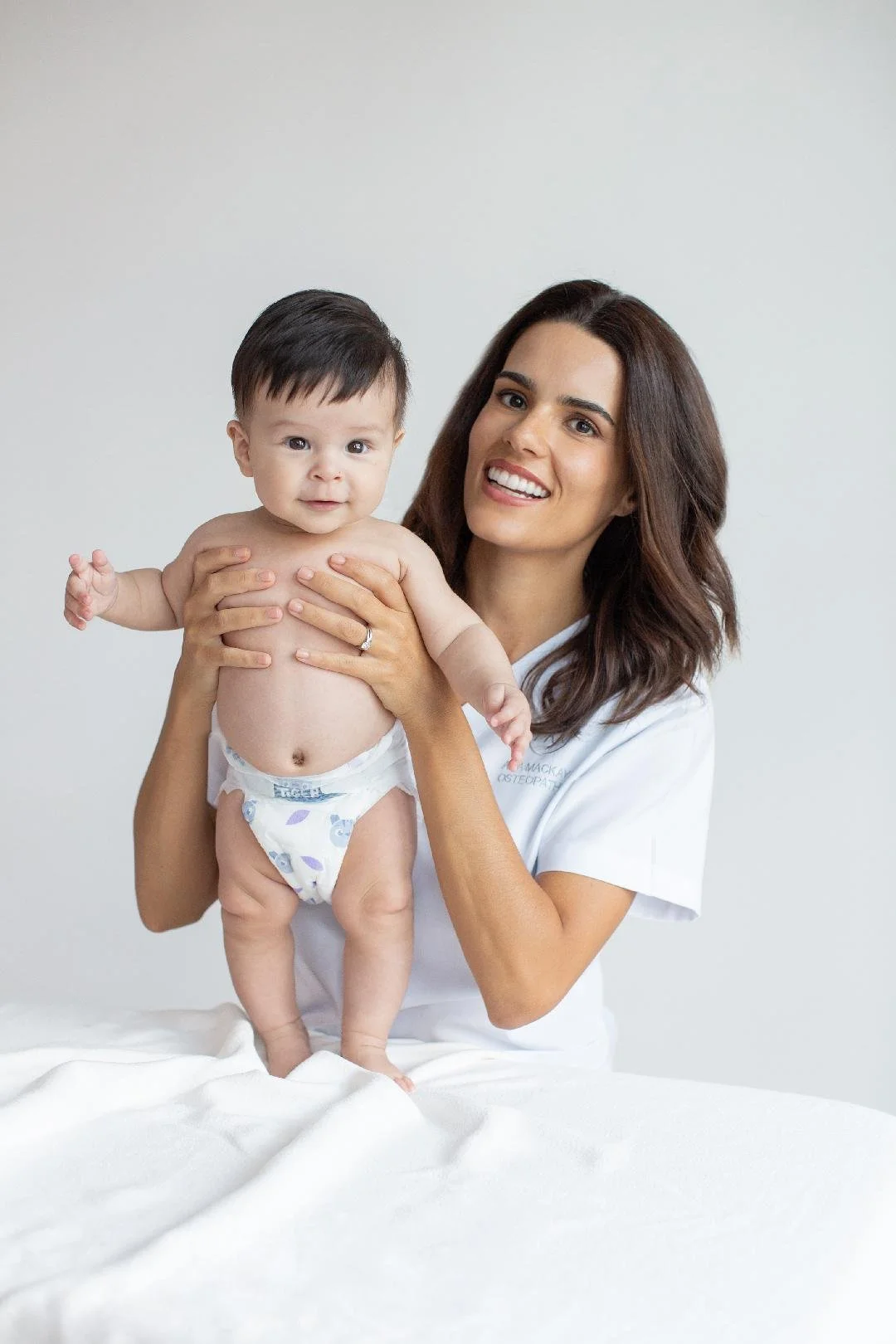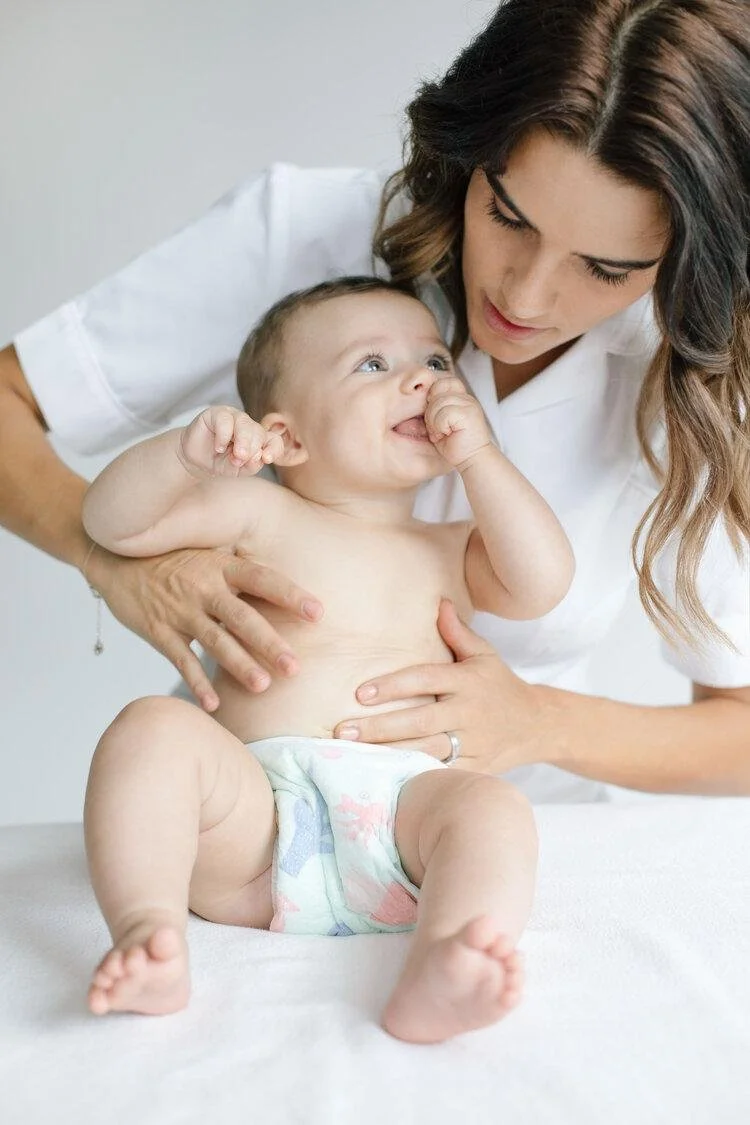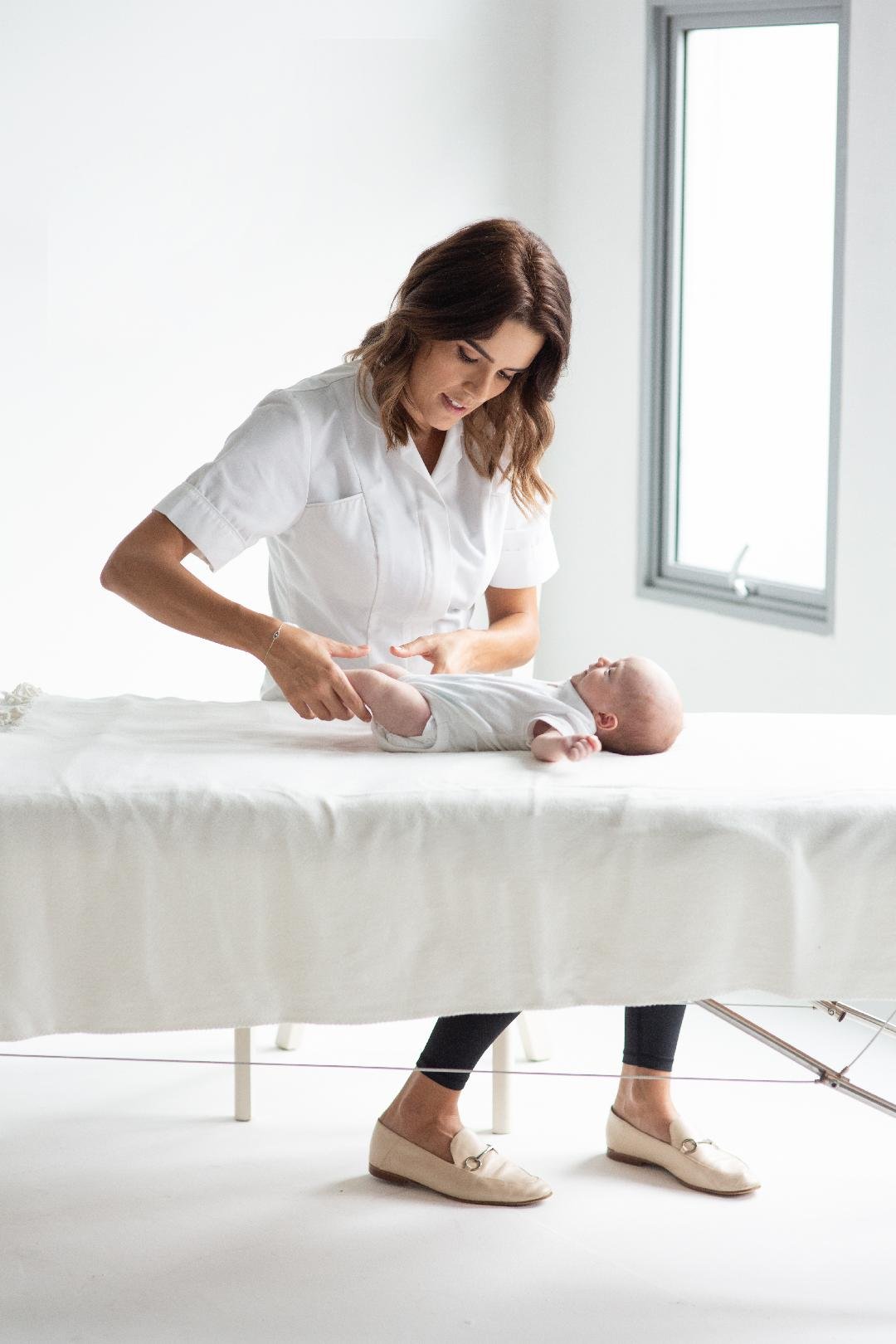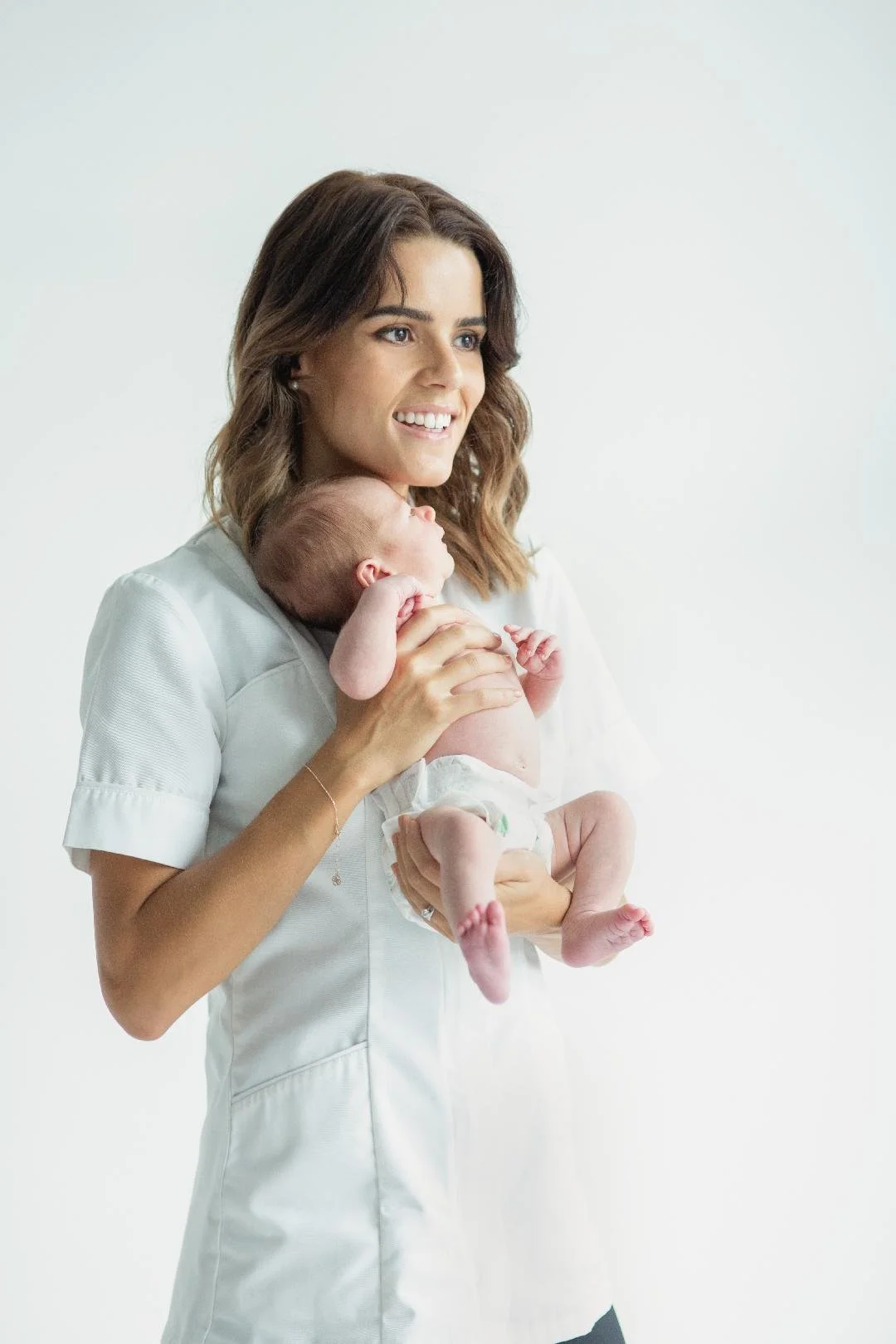Crawling and its developmental importance
An interview with Ana Mackay, BSc(Hons), M.Ost, Osteopath & Founder of AMO Clinic.
Why is crawling important?
Crawling is important not only for locomotion but for improving cognitive development, via communication between the left and right hemispheres of the brain. This helps with thinking-based activities like learning a language, reading and focus. So cross body tasks, such as crawling are even helpful for adults!
“Crawling is important not only for locomotion but for improving cognitive development”
Crawling engages bilateral hands, feet, eyes and ears simultaneously. Prior to this, infants are heavily dependent on unconscious reflexes such as grasp reflex. The grasp reflex needs to decline from 6 months old to crawl on all fours and retaining this reflex limits progress to the next development stage. Research shows crawling is also a prerequisite for holding a pencil, postural control and memory in older children.
When should my baby be crawling?
Prior to crawling your baby would need to be able to roll, sustain tummy time posture with extended arms and ideally reach for things. These movements develop muscular strength in the arms and legs so a baby can “commando crawl” at 5-8.5 months, then gain the balance for "all fours crawl” by 13 months old (WHO 2006).
Why is my baby not crawling and how to help them crawl
The absence of crawling alone can just be the preference of the baby to skip it and go straight to walking. Important to note that once the core is strong enough to roll, this will indicate the baby is nearly ready to crawl. If you do want to give your baby a helping hand, see below a few tricks to help with crawling:
Start them on their backs: remove socks, mittens and make sure they are in stretchy clothing. Lie the baby on a play mat and warm up.
Turn them to tummy time position or sitting if they can sit unaided. Model crawling or let the infant observe other crawlers. If they only see walkers, crawling is an unfamiliar concept to them.
Incentivise motion - knock over soft building blocks or place a baby mirror just out of arms reach from them to get their attention.
Note: If they start scooting on their tummy or rocking forwards, provide lots of praise!
After a 3-5 mins or if they start getting upset, pick them up, give them a 1 min rest period and put them back on their tummy/sitting to try a second practice. Be patient and give them 3-4 opportunities before you stop.
Let your baby go on all fours over your extended leg, to help support them in the all fours “crawl” posture. If they can do this solo, place your hand behind the soles of their feet to give them something to push against.
Give them a snack and drink after practice - this is a calorific task! Repeat this whole practice 3 times a day, appreciating that at different times of the day they will have different energy levels.
A few areas that are important to note:
Avoid devices that sit the babies up or immobilise them for longer than 15 mins at a time, this can be the cause of hip tightness and weakened muscles (see video).
Ensure the floor surface is safe and appealing to their wrists and knees- one large mat tends to be more popular than the interlocking tiles for crawling.
For walking practice children tend to prefer a thick carpeted, highly cushioned surface but for crawling to is better to provide a wipeable foam mat.
Role of an Osteopath
If you see your baby is having difficulties with crawling you can bring them to a registered Osteopath without the need for a referral. The Osteopath will take a case history, do a clinical and physical assessment, and diagnose where the inability to crawl is originating from in the body.
“With gentle joint articulation, ligament manipulation and soft-tissue muscle massage the Osteopath can loosen any stiff muscles and joints inhibiting the child from moving freely.”
In the event the cause may be neurological or developmental in nature, the Osteopath will discuss their findings with you and will help refer you to the appropriate health provider. In most cases we see, a few sessions of weekly osteopathic hands-on treatment, combined with a couple of daily exercises you can do at home, is sufficient to support crawling.
Research and additional resources
Crawling is associated with more flexible memory retrieval by 9-month-old infants Developmental Science 2007 10(2):183-9 Herbert J et al.
Crawl Position Depends on Specific Earlier Motor Skills J Clin Med. 2021 Dec; 10(23): Gajewski E et al. 5605
Paediatric OT view on toys to avoid: YouTube @EmmaHubbard : Common Toys That Can Delay Development (And can also be a safety risk!) and read more here.




